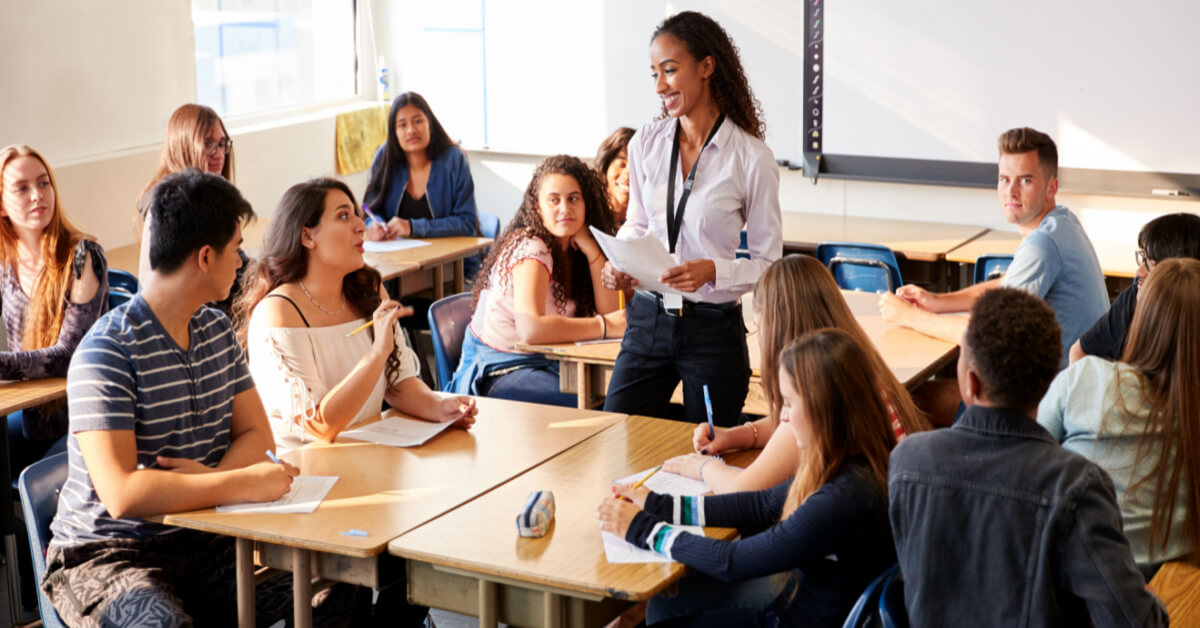August 17, 2022
Sometimes the greatest impediment to change is trying to do it from within the structures, formats, restrictions, and histories of a system. In doing so, answers to challenges are limited to only what exists within the system, and “solutions” only utilize mindsets and tools that are already present. In this sense, thinking “outside of the box” tethers organizations and leaders to an already existing system, in this case, the box. To begin with our educational system, we need to define and address the goals, objectives, and purpose of education as a whole. This lack of clarity is one of the main obstacles to true reform and change. Education, from K-12 to university, is in dire need of reform at a time of significant societal change both in the United States and globally.
As the world has changed, education has been unable to keep up due to mindsets fixed on what worked, not what needs to work going forward. In this sense, we have developed certain beliefs about what education is, what it is for, what it looks like, and how it is delivered, with only slight variations on the model since the early 1900s. This is…

